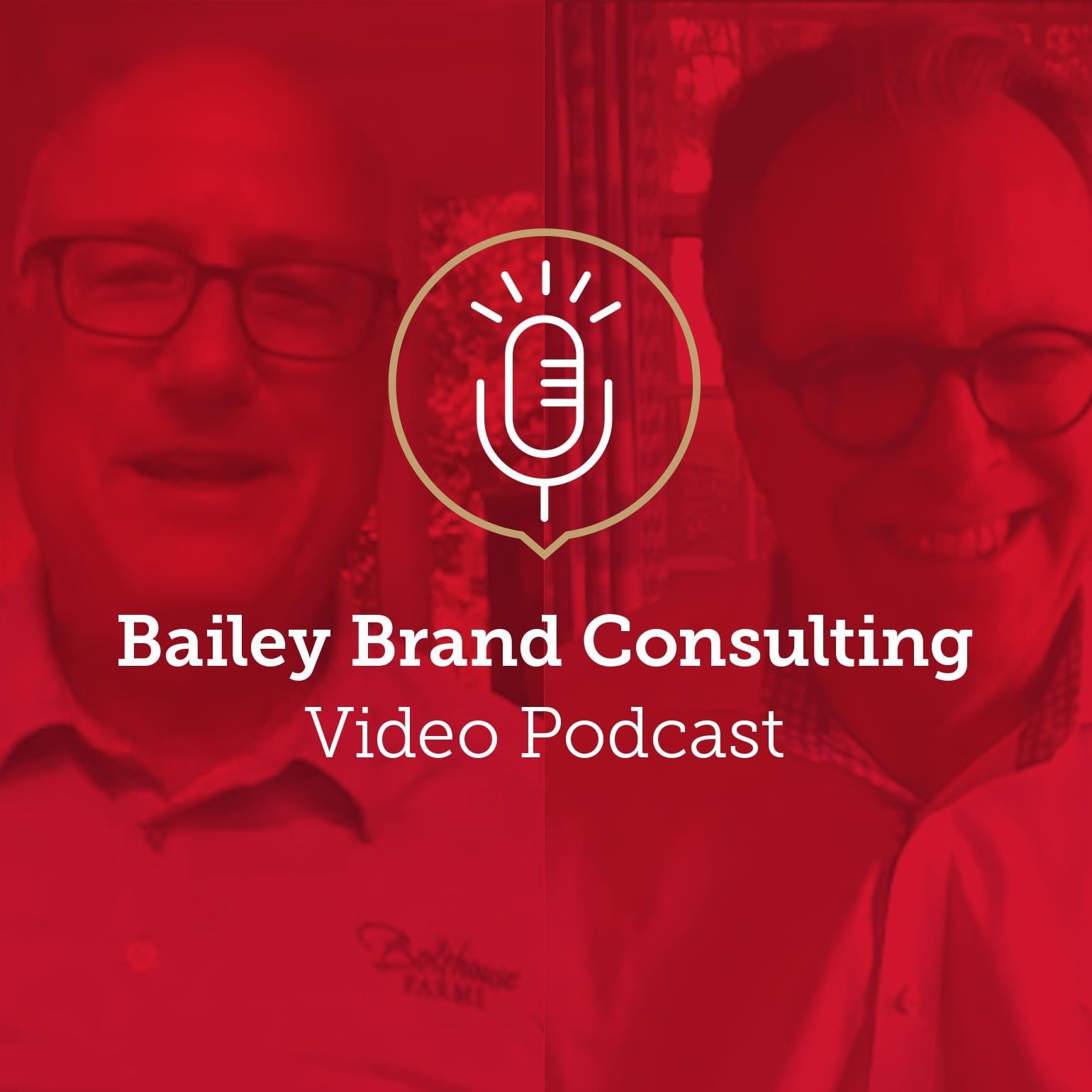Seize Control: Strategy, Story and Branding for Mergers and Acquisitions
November 2021
As brands seek to grow and evolve, they may attempt to attract new customers by branching out into new sectors. Merging with an existing company or acquiring a competitor can accelerate this growth process, but communicating the change isn’t as simple as hanging a new sign on the door. Because fully 83 percent of mergers and acquisitions fail, businesses must tread lightly when considering a radical transformation to their brand architecture. Disciplined branding during a merger or acquisition makes it clear to all internal and external stakeholders where your brand is headed, what’s changing and what will stay the same.
Your past must inform your future; in order to protect or improve the integrity of your brand following a merger or acquisition, it’s important to acknowledge the factors that led you to begin the process in the first place. Was your brand struggling due to negative marketplace perceptions? In 2001, First Union Bank famously merged with Wachovia, assuming the smaller organization’s name in order to capitalize on its superior reputation. Likewise, brands must carefully evaluate what each distinct business entity brings to the table and how the new consolidated brand or organization can better serve the target audience.
Perhaps instead your brand was looking to evolve within or beyond your established industry? This was the case when telephone service providers Bell Atlantic and GTE merged to form Verizon; only by joining together could these two enterprises hope to compete in the burgeoning mobile phone space. Deeply considering questions like these and evaluating your position within the greater market are an essential strategic component of success.
Taking an inside-out approach to mergers and acquisitions is critical in order to align and unite your workforce behind a shared purpose, and it can turn employees into passionate advocates for the new structure and/or brand. This enthusiasm will then flow across external touch points and invigorate your audience to act. However, achieving this alignment is no small task. Often, two brands bring sprawling portfolios and potentially thousands of employees to the table. Without a unifying purpose to aid the transition, leadership will find it difficult to combat entrenched interests and establish new, forward-thinking protocols. Therefore, they must foster a culture of open-mindedness with the goal of engaging stakeholders, combating stasis and dismantling internal silos.
This period of introspection can generate a greater understanding of the new organization and start to establish the voice of the internal stakeholder in the brand architecture. Questions that need to be answered range from the straightforward (What makes us better than our competition?) to the aspirational (What does our company truly stand for?). Only by engaging, uniting and aligning internal stakeholders behind the new brand purpose can the organization begin to project its internal values onto external actions.
Keys to branding success during a merger or acquisition:
- Work with leadership to truly understand what made the merger or acquisition attractive in the first place.
- Critically analyze how the merger benefits all key stakeholders: shareholders, employees, customers, partners, etc.
- Honestly evaluate the strengths, weaknesses, synergies and points of friction between the two organizations.
- Conduct research to better understand existing perceptions around both brand experiences to help guide strategy.
- Develop a cohesive value proposition, purpose and core values that speak to the aspirations of both brands.
- Over-invest in the communication: Inform. Engage. Reinforce.
- Be sure to keep your message consistent and communicate it clearly and effectively to employees, customers and investors.
- Activate the new brand purpose across the organization to engage external stakeholders.
Developing an emotionally resonant purpose statement that’s supported both by data and corporate culture is the only way to bridge the gap following a large or even a small-scale merger or acquisition. If internal stakeholders are enthusiastic about demonstrating that purpose, they will actively help communicate it to your target audience. A merger or acquisition gives your brand the opportunity to seize control of this narrative—and it’s an opportunity you can’t afford to miss.
Selected Sources:

To learn more about this topic or to discuss an issue impacting your business, contact Bailey’s Vice President of Client Services, Jamie Gailewicz, at 610-818-3103 or email us at [email protected].




